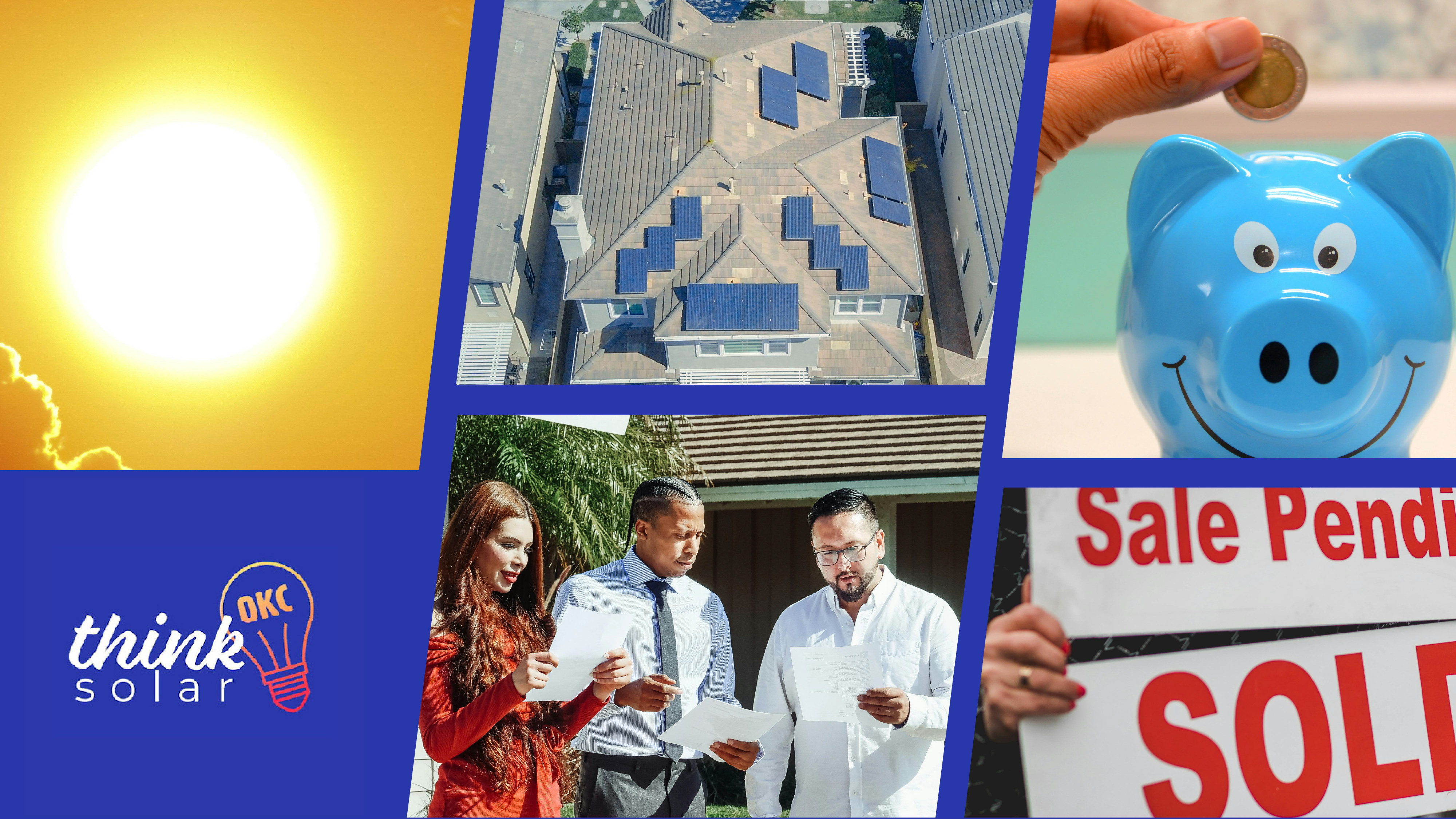What is the solar panel Return on Investment (ROI)? That is probably the number one question we get asked when talking to homeowners about Solar energy. Well, there is no set answer to that question, but here is our research and opinion on the topic.
The ROI time frame for solar panels is usually 5 to 10 years. It can vary based on several factors. Here’s a breakdown of the critical elements that influence the solar ROI timeframe:
Solar Panel Return on Investment
1. Initial Cost of Installation
- System Size: Larger systems cost more upfront. But, they produce more energy, leading to faster payback.
- Location: Installation costs vary due to local labor rates, fees, and installation complexity.
- Incentives and Rebates: Federal, state, and local incentives can reduce the upfront Cost, shortening the ROI timeframe.
2. Energy Savings
- Electricity Costs: The more you pay for electricity, the more you save by switching to solar. Areas with higher electricity rates typically see faster ROI.
- Solar Energy Production: Your location affects how much sunlight your solar panels get, which in turn impacts their electricity generation. Sunny regions generally have shorter ROI timeframes.
- Net Metering: If your utility offers it, you can return excess electricity to the grid. This will lower your energy costs and speed up your ROI.
3. Incentives and Tax Credits
- Federal Tax Credit (ITC): The U.S. federal solar investment tax credit (ITC) lets you deduct much of the solar install cost from your federal taxes. For example, if the ITC covers 26%, this can reduce your payback period.
- State and Local Incentives: Rebates and tax credits can lower costs and speed up ROI.
4. Financing Options
- Cash Purchase: If you pay for your system upfront, your ROI time frame is based only on the payback from energy savings and incentives.
- Loans: If you finance the system with a loan, your monthly payments may initially offset some energy savings. But, once the loan is paid off, you’ll see full savings.
- Leases and PPAs: These options don’t usually allow ownership. But they can save energy. However, the ROI in terms of home value might be weaker.
5. Maintenance and Operating Costs
- Low Maintenance: Solar panels require minimal maintenance, which keeps operating costs low. Most systems come with warranties that cover significant repairs for 20-25 years.
- Inverter Replacement: Inverters may need to be replaced after 10-15 years, which is a cost to consider in your ROI calculations.
6. Property Value Increase
- Resale Value: If solar panels boost your home’s resale value, your ROI will come faster. The increase in property value can be part of the return on your investment.
Example Solar Panel Return on Investment (ROI) Calculation:
- Initial System Cost: $20,000
- Federal Tax Credit: 26% of $20,000 = $5,200
- Net Cost: $14,800
- Annual Energy Savings: $1,500 (depending on your location and electricity usage)
- Payback Period: $14,800 / $1,500 = 9.8 years
In this example, the ROI time frame is just under 10 years. After this period, the solar energy generated is essentially free, providing pure savings.
The ROI time frame for solar panels generally falls between 5 and 10 years. It depends on your costs, your system’s energy output, local rates, and incentives. After this, solar panels can save money for 15-20 years or more. So, they are an excellent long-term investment. To find out more, set up a free Solar Consultation today!



